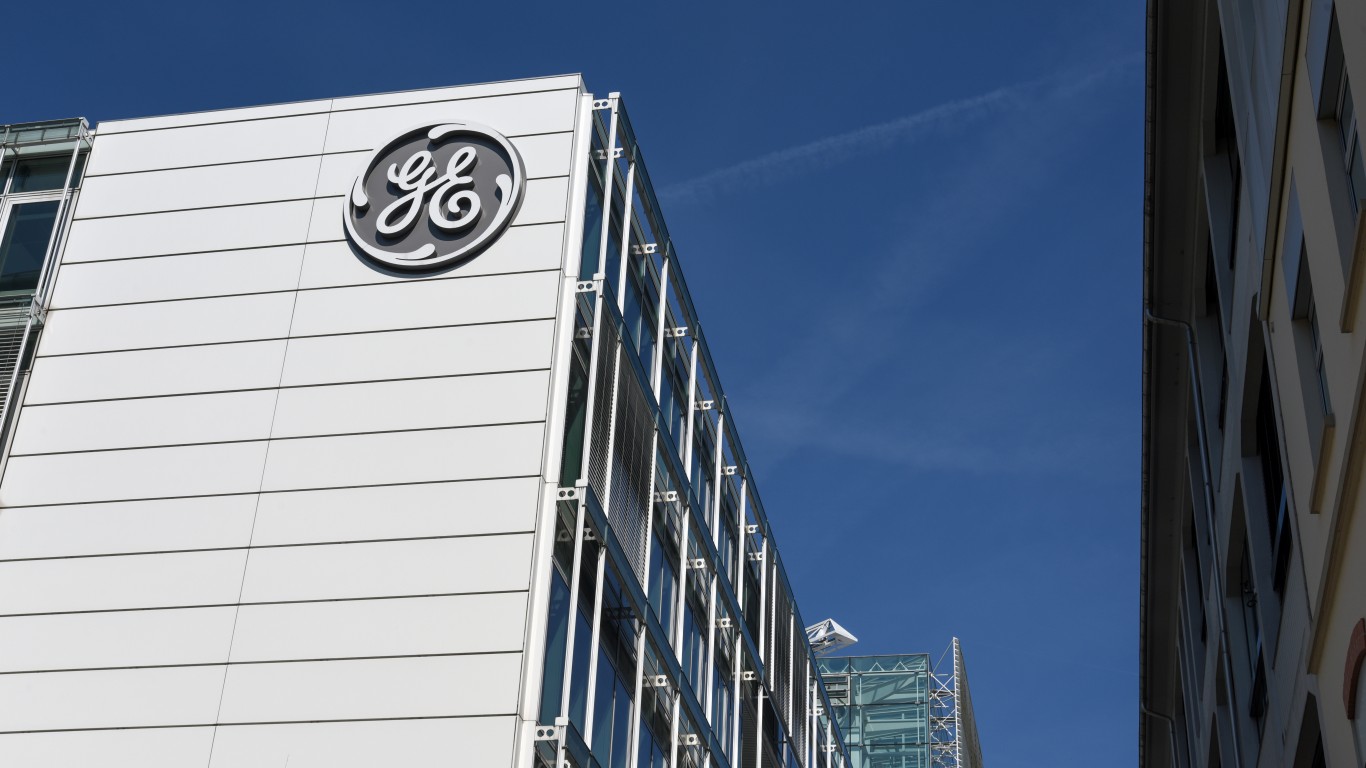

It is hard to argue against the notion that General Electric Co. (NYSE: GE) is a disavowed conglomerate with many ongoing problems. That said, GE shares had gone so low with such negativity that even a hint of decent news has helped it outperform the broader market. GE was last seen up over 50% so far in 2019, up more than twice as much as the S&P 500 and the Dow Jones industrial average. After earnings helped shares rise from $9 to $10 in short order, GE shares continued on a long continuous winning streak that took its shares back up to $11.50 before some recent profit-taking.
Wednesday was a rougher day on GE after Stephen Tusa, the most bearish GE analyst of all, came back out to remind investors that there are more problems than solutions here. Tusa reiterated his Underweight rating and maintained that very pessimistic $5 target price in his call.
This negative analyst call is after GE shares have recovered over 55% year to date and while they were up almost 40% from a year ago. Even with great gains like that, it’s impossible to ignore the fact that GE was trying to remain a $30 stock (adjusted share price for dividends) for 2015 and 2016 before its long ski-slope slide lower from 2017 through 2018.
While this might be an analyst maintaining a double-down negative stance not to be as wrong this year (and he has enough of history of being right on his GE negativity), the call was made without there being any fresh news catalyst. It also comes at a time that GE’s stock would have to fall well over 50% now to hit that bearish target.
Tusa maintained that the recent recovery and bounce in the shares has been based on GE’s management having set a bottom in fundamentals with better guidance ahead. The Tusa case: “We disagree” as GE missed its guidance on core earnings before interest and taxes and that GE was able to avoid an earnings miss as GE Capital helped to buffer profits while shifting losses to corporate. The analyst also noted that there are far fewer options for GE to have a clean break from its checkered past and that the current trends are not sustainable.
Sometimes negative analyst calls do still matter. In Tusa’s defense, he had been negative even while GE was more than twice its current share price by pointing out many negative issues.
It’s just hard not to wonder if this is one of those instances when a bearish analyst has been negative for so long that they just cannot ever conceivably see a bottom or a turn until long after the company has shown over and over that their past has become history. The same thing happens to other analysts staying bullish for so long that they just cannot accept that the upside has played out. It happens.
In fairness to the analyst who has remained very bearish on the slide and throughout the recovery, GE’s consensus Refinitiv earnings estimate for 2020 is for adjusted earnings to rise to $0.68 per share from $0.61 per share in 2019. That’s a value of 17 times expected earnings for a company that has a bad history when it comes to earnings and for a company that is in the midst of slimming its operations and leverage down. GE is still exiting its big energy and its big biotech move while other problem areas persist around power and engines.
GE shares were last seen trading down about 1.4% at $11.26 late on Wednesday. That’s after a recent $11.52 closing high the prior day was actually the highest close since October 24, 2018. GE’s 52-week trading range is $6.40 to $11.58, and note that the consensus analyst target price of $10.42 is now handily below its current share price.
Thank you for reading! Have some feedback for us?
Contact the 24/7 Wall St. editorial team.
 24/7 Wall St.
24/7 Wall St.


